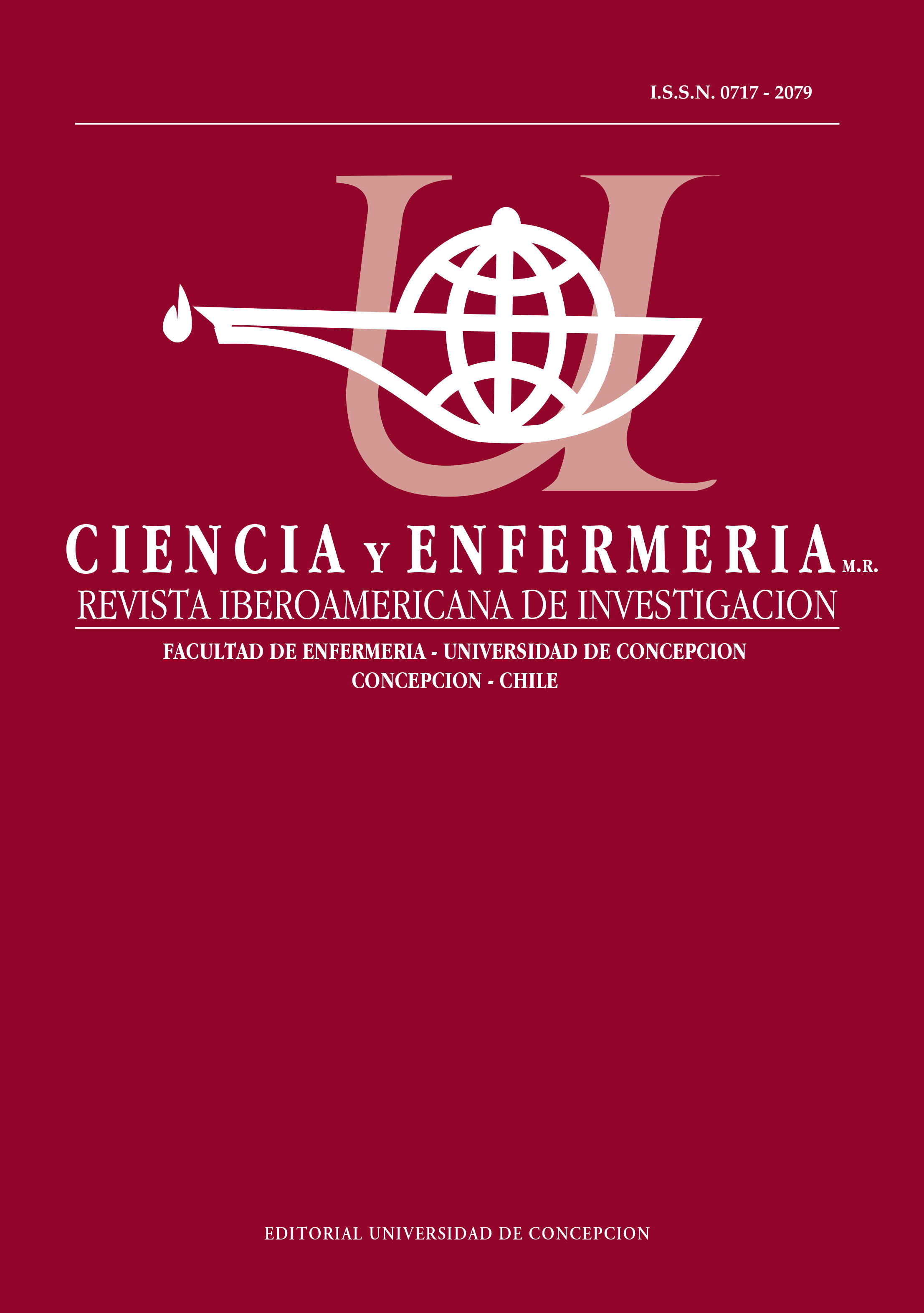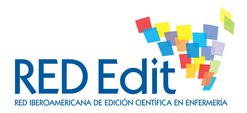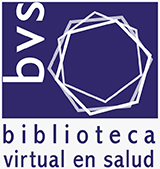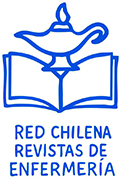SUCCESSFUL AGING AND QUALITY OF LIFE IN INSTITUTIONALIZED ELDERLY PEOPLE IN NORTHERN COLOMBIA
DOI:
https://doi.org/10.29393/CE29-2EEJX60002Keywords:
Successful aging, Quality of life, Elderly PeopleAbstract
Objective: To determine the relationship between successful aging and quality of life among institutionalized elderly people. Materials and Methods: Descriptive and correlational study using intentional sampling. It was carried out, after prior informed consent, with 140 elderly people who attended a nursing home in the city of Monteria, Northern Colombia. People over 60 years and older were included and their sociodemographic characteristics were recorded in a data sheet. The quality of life was measured with the WHOQOL-bref questionnaire and the successful aging was measured with the Succesful Aging Inventory (SAI). Data collected by nurses were processed in SPSS v22 and analyzed with descriptive statistics, Kolmogorov-Smirnov test for normality and Lilliefors correction. As there was no normal distribution, the Spearman’s correlation was applied. Results: There is a negative and significant relationship between the overall successful aging (p= .012), functional performance (p= .025) and life purpose and satisfaction (p= .012) with the social dimension of quality of life; a negative and significant relationship (p= .013) was also observed between life purpose and satisfaction with the environmental dimension of quality of life. Conclusions: Most of the elderly people showed successful aging and had a high overall quality of life and health perception. There is a negative and significant relationship between successful aging, functional performance, as well as life purpose and satisfaction with the social dimension of quality of life; there is a negative and significant relationship between life purpose and satisfaction with the environmental dimension of quality of life. There is no relationship between the overall scores of successful aging and quality of life.
Downloads
Published
How to Cite
Issue
Section

This work is licensed under a Creative Commons Attribution 4.0 International License.













